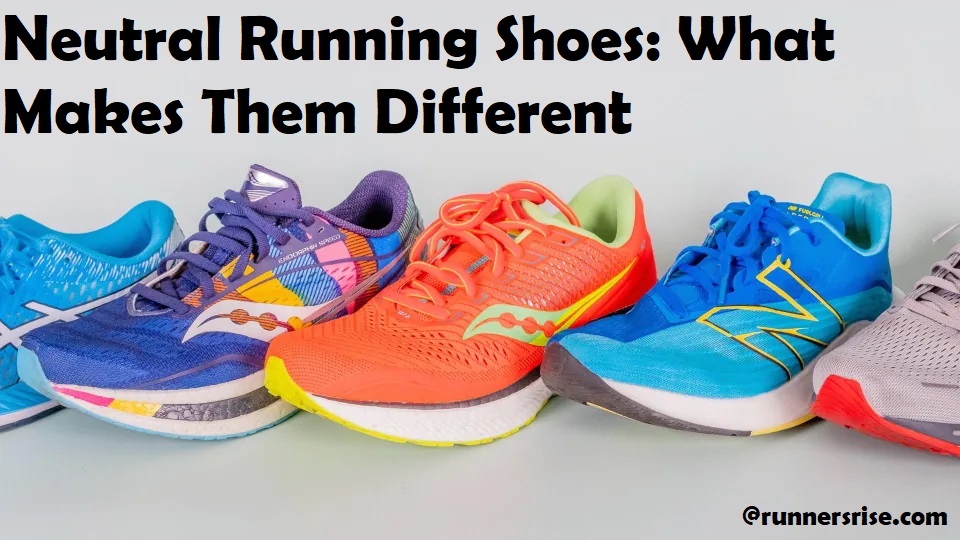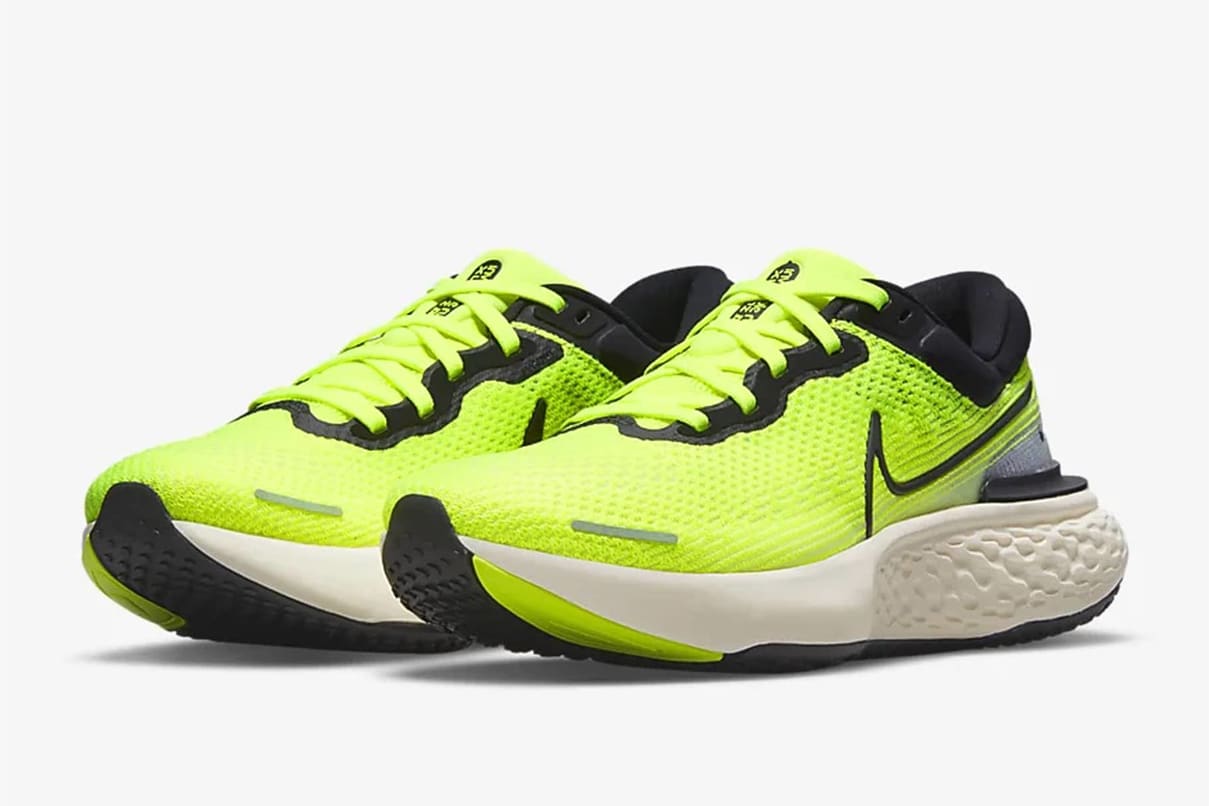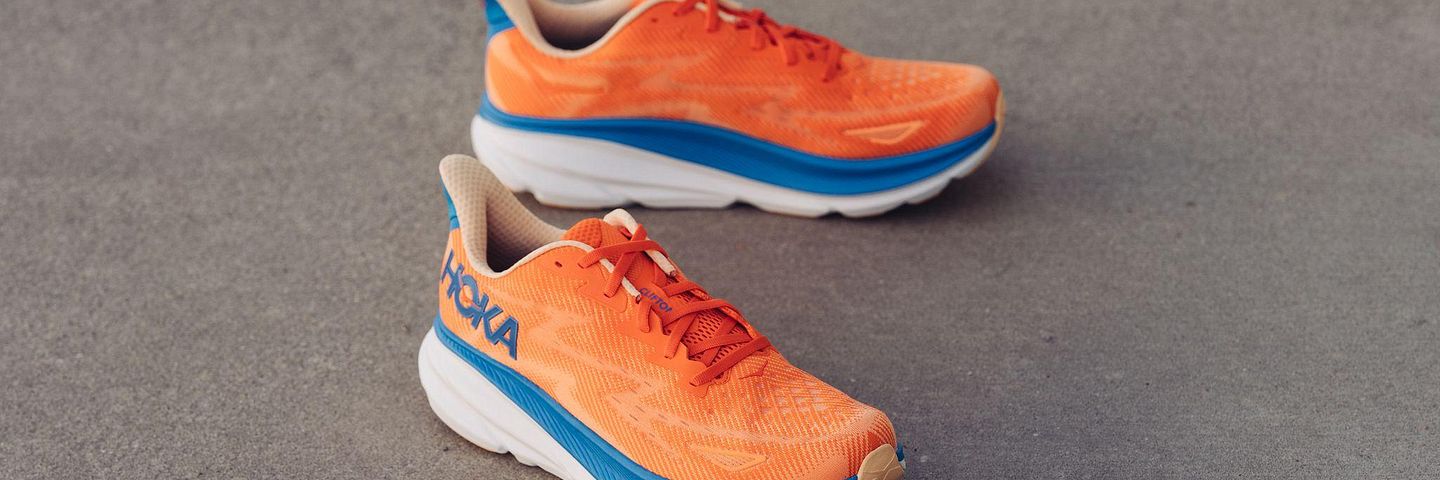Are you an avid runner looking for the best shoe for your feet? Look no further!
Neutral running shoes provide cushioning and comfort for runners of all levels. With features like extra cushioning and shock absorption, these shoes will help you run with ease and prevent any potential injuries.
Read on to find out about the key features of neutral running shoes and how to pick the perfect pair for you!
Neutral running shoes are a great option for a variety of types of runners. Despite their versatile nature, though, many people are still unclear what makes a neutral running shoe so unique.
In this guide, we will start by introducing you to the concept of neutral running shoes, followed by providing key definitions. We’ll then explore the advantages and disadvantages of wearing these shoes as well as provide an overview on how to shop for them. Finally, we’ll illustrate our points with examples and in-depth reviews of specific brands of neutral running shoes.
By the end of this guide, you should have a better understanding of the key features that make up a neutral running shoe. You should also be able to identify models that will work best for your particular needs as an individual runner.
Definition of neutral running shoes
Neutral running shoes are designed for runners who do not require substantial support or cushioning when running. They typically have neither a medial post nor a stability system to reduce pronation. Neutral shoes provide more flexibility, allowing the foot to move more freely and naturally than with stability or motion control shoes.
These shoes are designed to accommodate runners with normal biomechanics who have no need for motion control devices or medial support posts. Neutral running shoes can also be used in combination with orthotics, which is recommended especially if the runner has biomechanical issues. They offer less cushioning than stability-oriented styles and usually weigh less as well.
Most neutral running shoes include an absorbent midsole, like EVA foam; a carbon rubber outsole that provides traction and durability; overlay panels for structural integrity; external heel counters for lightweight support; and padded heel cups for shock absorption. Modern designs emphasize lightweight construction, breathability, cushioning,and versatility. many examples of neutral trainers even come with air-filled bags that help absorb shock from forceful strides or shock from landings on hard surfaces like trails. Additionally, new designs often feature forefoot flexibility grooves that mold to your foot’s natural stride path and engineered mesh uppers to create a snug fit around the ankles and instep areas without compressing sensitive areas of the foot during runs of long duration.
Importance of choosing the right shoes for running
Choosing the right running shoes is essential for any runner. The wrong pair of shoes can cause painful blisters or sore arches, leading to an unpleasant and potentially dangerous experience. Neutral running shoes are specially designed to give you maximum comfort and protection on your run, without compromising on performance.
Neutral shoes provide cushioning and flexibility along with shock absorption for a cushioned ride. The arch support of these shoes often provides a snug but comfortable fit that helps you run farther and faster for longer. An additional advantage of neutral running shoes is that they prevent feet from rolling inwards or outwards, known as pronation or supination, which can cause inaccurate gait patterns resulting in injury. Neutral shoes also reduce the strain on different parts of the body because they fit well to different shapes of foot which allows even pressure distribution throughout each stride while running.
It’s important to make sure you try on multiple types of models before shopping for your next pair of neutral running shoes to make sure you have the perfect fit that meets your needs! Taking some time to be aware of this difference will help ensure you get the most out of your runs and enjoy every mile pain-free!
Anatomy of Neutral Running Shoes
Neutral running shoes have a few common design elements, which come together to provide optimal performance for runners who need the minimum of corrective alignment or cushioning. These shoes generally incorporate:
- A cushioned midsole: Midsole cushioning can vary from light to substantial, depending on the brand and model. The lower midsole stack height generally provides an optimal balance between responsiveness and energy return—allowing you to quickly respond to changes of surface while also protecting your feet from the impact of repeated pounding on hard pavement.
- Flexible outsole materials: Most neutral running shoes incorporate flexible materials like rubber in specific outsole locations to promote flexibility and help disperse pressure. In addition, they often have multiple lugs or tread patterns strategically placed in areas that specifically target grip on wet surfaces and grip during quick turns and direction changes.
- Heel counter: The heel counter wraps the Achilles area and helps the runner maintain natural foot motion during their runs—without changing their gait or compromising foot stability or comfort even on complex terrain.
Key features of neutral running shoes
Neutral running shoes are designed with one type of motion in mind – forward motion. This means they have a few key features that make them different from other shoes designed for running. These characteristics include:
- Cushioning: Neutral running shoes provide enough cushion to absorb the impact of your feet with the ground, providing support and comfort. They are usually made from either foam or air cavities to cushion your feet when you take each step.
- Arch Support: The arches of neutral running shoes are slightly raised to help protect the arch of your foot and help prevent strain and injury. They also give your toes extra room to spread out, helping to provide a secure fit.
- Stability: Unlike other types of running shoes, neutral running shoes do not include any added stability features such as wedges or roll bars. This prevents you from having an uneven roll when you run, helping to promote an efficient stride pattern and better performance.
- Flexibility: Neutral running shoes are designed to be flexible in the toe box area while offering enough stiffness in other areas to help keep them from collapsing too much on impact with the ground. This helps you move more naturally throughout your run, promoting better balance and energy efficiency.
Materials used in manufacturing
Neutral running shoes are designed for runners who require minimal support and prefer a softer underfoot feel. The materials used to make these shoes are specifically chosen for their lightweight properties, increased breathability, durability, and comfort.
Uppers: Most neutral running shoes feature lightweight uppers with synthetic materials such as mesh, suede, and fabric. These materials provide breathability to help keep feet cool and dry even on long runs. Additionally, add-ons may be included such as a toe guard for increased protection from debris and rocks on the trail or a water-resistant upper membrane to provide increased protection in wet conditions.
Midsole: The midsole of a neutral running shoe provides the cushioning that gives them their signature responsive feel. This can range from soft foam composites such as ethylene vinyl acetate (EVA) or combinations of foam and air like in reimagined classics or stability shoes. Newer technology also includes spring-like designs that store energy during impact then release it when pushing off which helps boost performance as well as offering long lasting cushioning support daily runs.
Outsole: Material choices range from rubber to carbon rubber depending on the runner’s needs whether it is flexibility or extra grip in terrain shared between road, track & trail running surfaces for increased traction & durability when travelling distances further than the standard track & field regime. Additional options can include adding studs onto some areas of the sole to increase grip needed in wetter climates.
Cushioning and support
Cushioning and support are key factors to consider when you’re choosing a pair of running shoes. Neutral running shoes provide less cushioning and support than traditional running shoes, but they have their own unique advantages.
Neutral shoes are designed to be flexible and lightweight, which makes them a great option for those who prefer to run without the extra cushioning or stability that traditional running shoes offer. The soles of neutral running shoes are firmer, providing enough responsiveness to propel you forward with every step. They also feature minimal cushioning, so your foot has full contact with the ground for maximum protection as you jog or run.
Neutral running shoes also provide additional support for your feet compared to regular training shoes. They’re designed with an upper designed to wrap around the midfoot for an improved fit and natural feel. Plus, many neutral running shoes come with additional features like EVA foam-enhanced midsoles for added flexibility and breathability as you train. With its combination of lightweight construction and supportive upper design, neutral running shoes provide a versatile option in footwear that enhances performance while keeping your feet comfortable no matter how far you go.
Benefits of Neutral Running Shoes
Neutral running shoes offer an array of benefits that make them an ideal choice for many runners. Here are a few of the advantages of switching to neutral running shoes:
- Increased Comfort – Neutral running shoes provide increased cushioning and support for your feet, making them more comfortable for extended runs or walks. The combination of the soft midsoles and strong outsoles keep your feet properly aligned during all types of activities, reducing the chance for injury and optimizing performance.
- Improved Stability – When you’re running in neutral shoes, the heel-to-toe transition is smoother and more controlled, allowing you to maintain better balance over uneven surfaces and sharp turns. The stability also enhances your response times if you need to quickly change directions or adjust your pace mid-run.
- Better Shock Absorption – Neutral running shoes are designed to absorb shocks in all directions before they reach your feet, alleviating pressure off vulnerable areas like ankles, knees, hips and lower back and redistributing it evenly throughout your body as a whole for a smoother ride.
- Enhanced Performance – With improved comfort, stability and shock absorption working together in a neutral running shoe, overall performance will be enhanced as well, whether gracefully gliding down trails or pushing yourself through faster miles on pavement.
Reduced risk of injury
Despite the fact that neutral running shoes are not as popular as cushioning and stability styles, they still can be extremely beneficial for runners. Neutral running shoes reduce the risk of injury by allowing for a more natural gait cycle. In other words, neutral shoes are designed to encourage the runner to use their own natural foot mechanics rather than protecting from a pronated foot strike.
These shoes also allow for more flexibility during runs, which is essential for people who want to switch up their workout routine or increase the speed or distance of their run. In addition, they tend to be lightweight and breathable, with minimal cushioning in the midsole which allows your feet to move naturally over all kinds of terrain.
Finally, unlike stability or motion-control running shoes, neutral style running shoes can be used on any surface – so long as you make sure that they’re appropriate for your feet and gait type – making them an ideal choice for multi-surface workouts.
Ultimately, with proper maintenance and care, neutral running shoes can serve as a powerful tool in helping you reach your fitness goals while reducing the risk of injury over time.
Improved performance
Performance is the most important attribute of any running shoe, and the best neutral running shoes enable the foot to move naturally while still providing enough cushioning and support. Compared to stability shoes, which limit the range of motion of the heel because of its additional stability features, neutral shoes generally allow greater freedom of movement. This enables more responsive running with more power transfer.
They are also popular for faster workouts such as track and tempo days because of their lightness, flexibility, and responsiveness. It is important to remember that neutral shoes do not always offer superior cushioning or grip compared to supportive options — it depends on your individual preferences.
Comfort and stability
Comfort and stability are two of the most important qualities to consider when looking for a pair of running shoes. Neutral running shoes offer an exceptional blend of cushioning and flexibility, making them an ideal choice for many runners. They are designed to promote natural movement and can help you develop a more efficient gait while providing excellent cushioning, reducing the strain on your feet and legs.
Neutral running shoes often have softer midsoles than those designed for pronation control – the amount of arch support and stability is usually quite limited. They also typically contain technology that returns energy with every step, helping propel you forward without adding extra effort. This makes them perfect for someone who doesn’t require extra support or correction but wants plenty of comfort for their workout routine. Additionally, neutral running shoes have roomy toe boxes to provide the best fit while allowing your feet to move naturally during each stride.
Conclusion
In conclusion, neutral running shoes offer runners a number of benefits and should be considered for those looking to maximize their performance and efficiency. Whether you’re a beginner runner or an experienced athlete, a pair of properly fitted neutral running shoes can help optimize your form, provide superior cushioning, reduce fatigue, and keep you comfortable throughout your runs.
Since everyone’s feet and development needs are unique, it is important to find the right pair of shoes based on your individual goals and needs. Finally, remember that fitting is key when it comes to finding the perfect shoe for each runner’s foot. Consider consulting with a skilled professional in order to ensure that your running shoes will meet your fitness goals and protect you from injury.
FAQ’s
What is the difference between neutral and stability running shoes?
Neutral running shoes are designed for runners with a neutral foot strike, meaning their foot rolls inward slightly upon landing. Stability running shoes are designed for runners who overpronate, meaning their foot rolls excessively inward upon landing.
How do you know if you need a neutral running shoe?
You may need a neutral running shoe if you have a neutral foot strike and do not overpronate. You can determine your foot strike and pronation by consulting with a running specialist or using a foot analysis tool.
Can anyone wear neutral running shoes?
No, neutral running shoes are designed specifically for runners with a neutral foot strike. Those with overpronation or other foot conditions may require different types of shoes.
What is the difference between neutral and cushioned running shoes?
Neutral running shoes are designed for runners with a neutral foot strike and provide support without additional cushioning. Cushioned running shoes provide extra padding and shock absorption for runners who need additional comfort.
What are the benefits of neutral shoes?
Neutral shoes can help maintain a natural foot strike, reduce the risk of injury, and provide support for the arch and heel.
Why are neutral running shoes good?
Neutral running shoes are good because they provide support without altering the natural foot strike, which can help improve running efficiency and reduce the risk of injury.
Do neutral runners need arch support?
Some neutral runners may benefit from arch support, but it depends on individual factors such as foot structure and running style.
Are neutral running shoes good for flat feet?
Neutral running shoes can be good for some people with flat feet, but it depends on the individual’s foot structure and running style. Consult with a running specialist or medical professional for personalized recommendations.
Is stability or neutral better for flat feet?
Stability shoes are typically better for flat feet because they provide additional support to control over pronation, which is common in individuals with flat feet.
What is the difference between neutral and over pronation?
Neutral foot strike is when the foot rolls inward slightly upon landing, while over pronation is when the foot rolls excessively inward upon landing. Neutral running shoes are designed for runners with a neutral foot strike, while stability shoes are designed for runners who over pronate.
See Also-
- Best under armour running shoes
- Best running shoes for achilles tendonitis
- Best waterproof running shoes
- Best running shoes for bad knees
- Best running shoes for beginners


